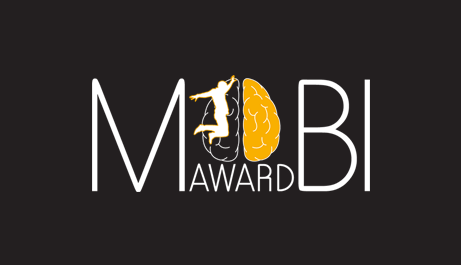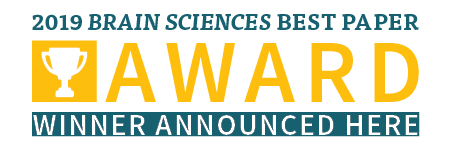In this paper we examined different ways to inform the user of the classification progress in our online SSVEP-based BCI speller. Different user feedback was given based on the distance from the classification threshold, separately calculated for each stimulus. We focused on the comparison of the accuracies and spelling times associated with each different feedback type. We tested eight different methods, one without feedback for comparison, and the two paradigms each (an increase and a decrease), for three varying parameters, during an online spelling task. The eighth method was a combination of the best performing feedback modalities. A 28 target speller was used for spelling the same word with different feedback methods. The level of comfort was assessed by the seven healthy participants, using a questionnaire. We found substantial decreases in spelling times; they were reduced to 12-77% of the no-feedback condition spelling times, for each of our subjects, with at least one of the parameters. However, this parameter, as expected, was different for each user. According to the personal fastest feedback methods, a combination of them was also used for spelling. These combined feedback methods usually resulted in a slower spelling than the individual best feedback, but still faster than without any feedback. Overall, the average spelling times with the different feedback methods were: no feedback, 95.09 s, increasing size, 62.94 s, decreasing size, 87.73 s, increasing contrast, 77.80 s, decreasing contrast, 124.37 s, increasing duty-cycle, 134.70 s, and decreasing duty-cycle, 103.77 s.


